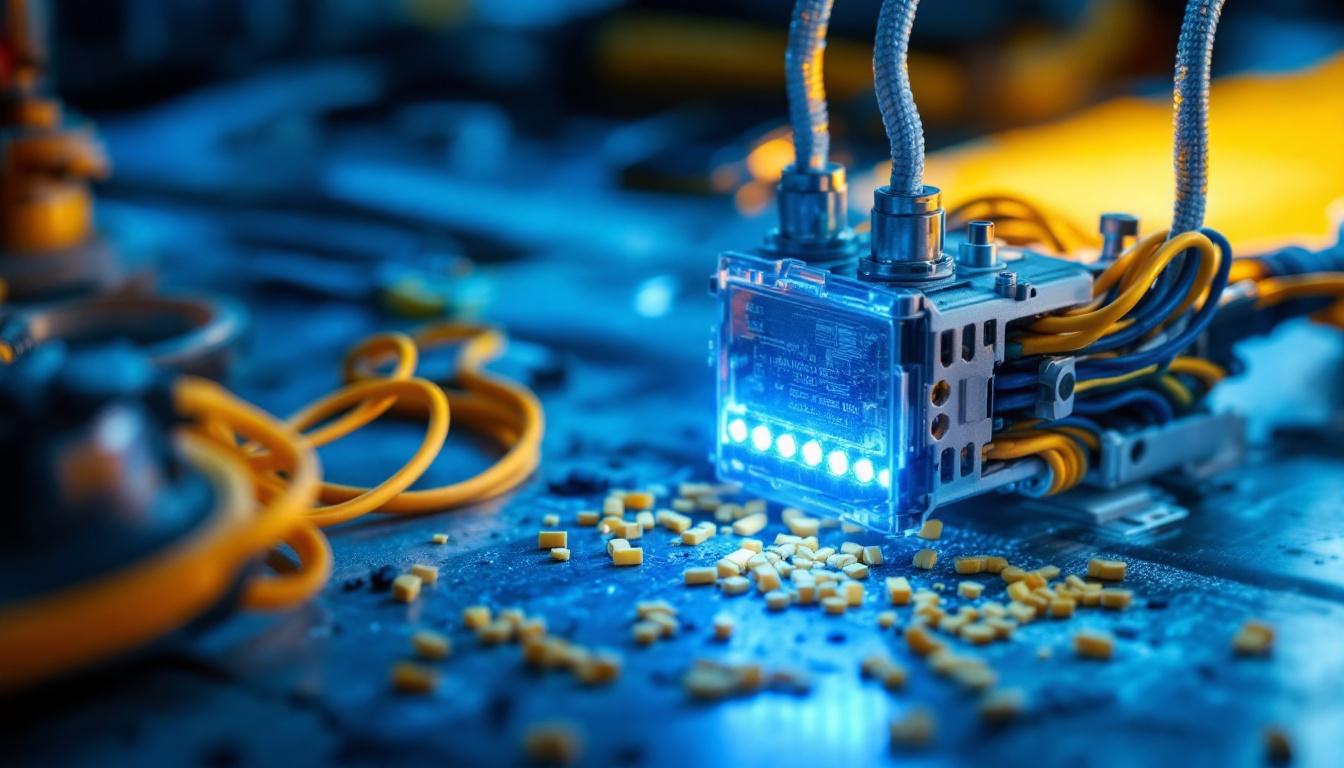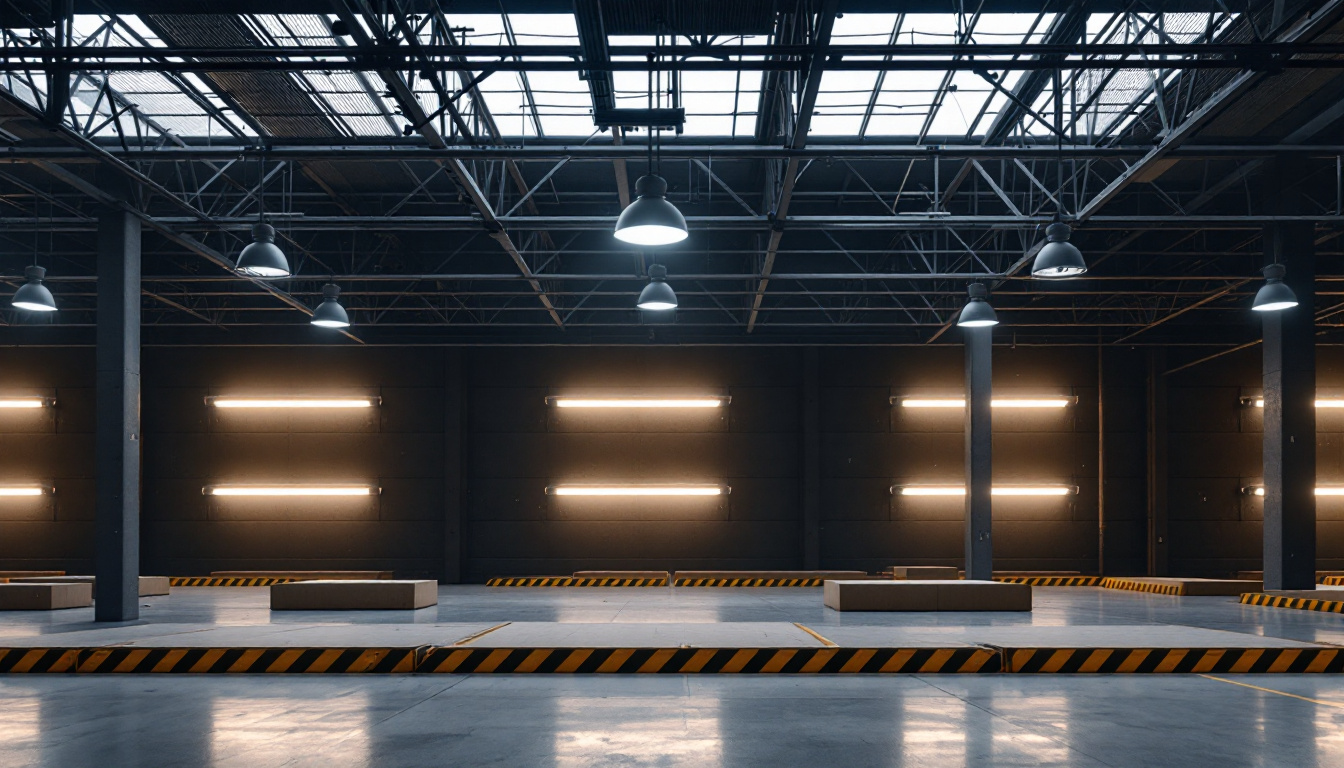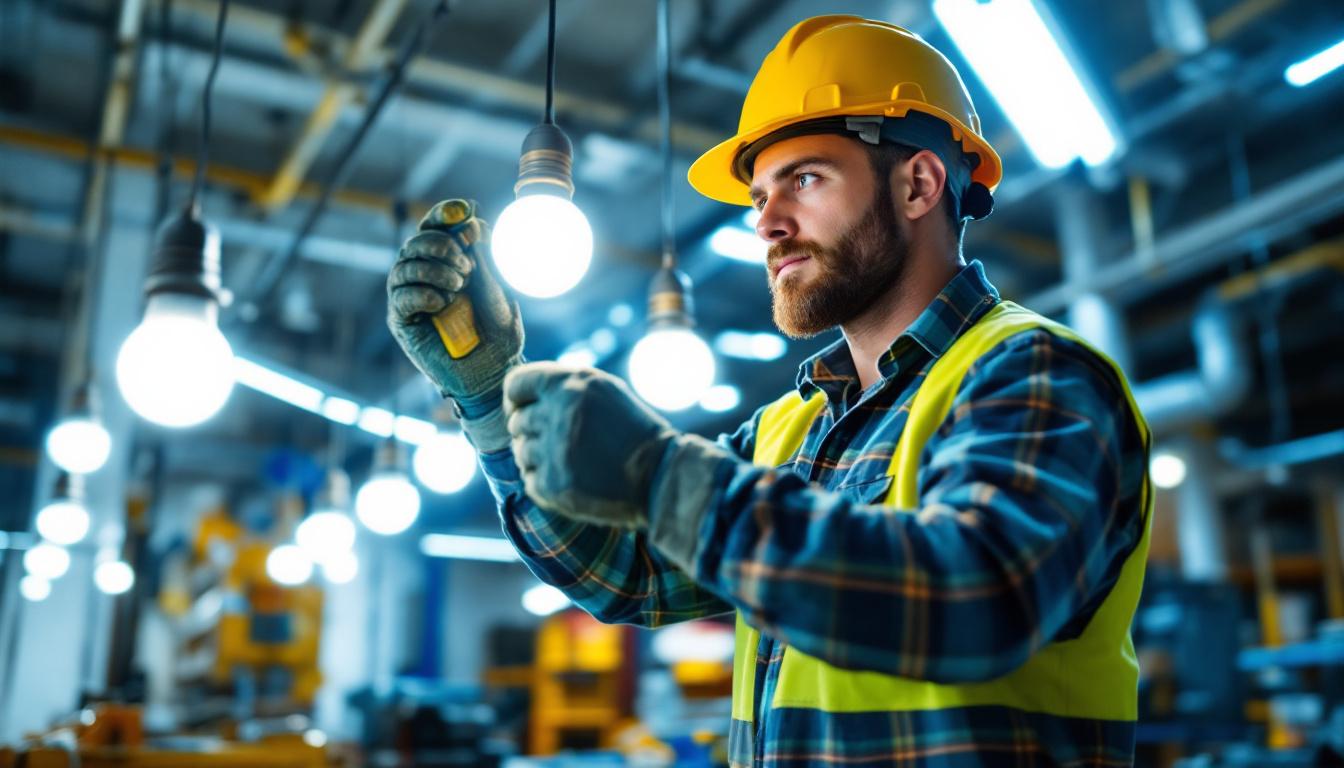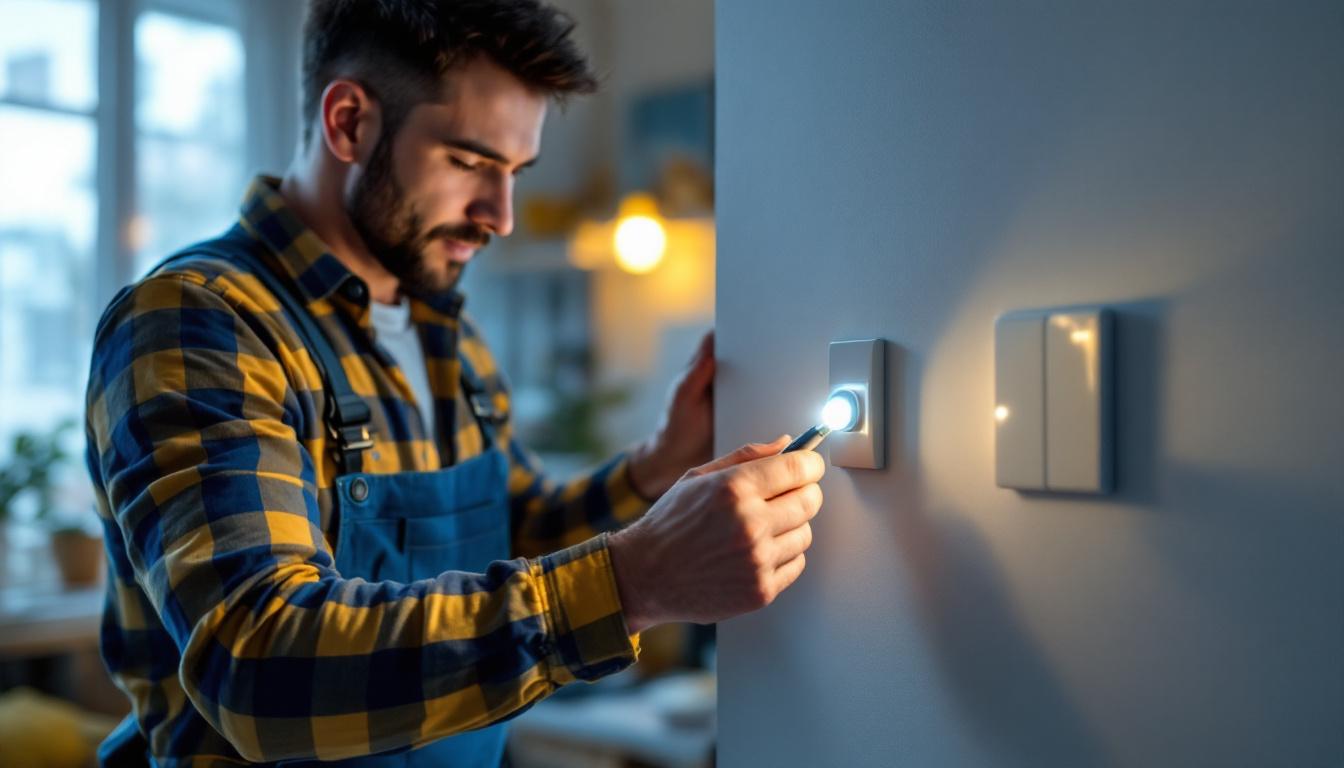
Fluorescent lighting has been a staple in commercial and industrial settings for decades. While advancements in LED technology are gaining traction, fluorescent systems remain prevalent due to their efficiency and cost-effectiveness. For lighting professionals, understanding the intricacies of fluorescent ballast wiring is crucial for ensuring optimal performance and safety. This article provides an essential checklist for wiring fluorescent ballasts, covering everything from tools and materials to safety precautions and troubleshooting tips.
Before diving into the wiring process, it’s important to grasp the function of a fluorescent ballast. A ballast regulates the current to the fluorescent lamp and provides the necessary voltage to start the lamp. There are two primary types of ballasts: magnetic and electronic. Each type has its own wiring requirements and characteristics, which can affect installation and performance.
Magnetic ballasts are the traditional option, often found in older installations. They are typically heavier and less efficient than their electronic counterparts. Magnetic ballasts use a series of coils to regulate current, which can lead to flickering and hum during operation. Additionally, these ballasts can generate more heat, which may contribute to a shorter lifespan for both the ballast and the fluorescent lamps themselves. This inefficiency can be a significant drawback in environments where energy consumption is a concern.
On the other hand, electronic ballasts are lighter, more efficient, and provide a smoother operation with less flicker. They also allow for dimming capabilities and are generally easier to install. With advancements in technology, electronic ballasts have become the preferred choice in modern lighting applications, especially in commercial settings where energy savings and longevity are paramount. Understanding these differences is essential for making informed decisions during installation.
A typical fluorescent ballast includes several key components: the transformer, starter, and capacitor. The transformer steps up the voltage to ignite the lamp, while the starter helps initiate the lamp’s operation. The capacitor smooths out the electrical current, ensuring stable performance. Familiarity with these components will aid in troubleshooting and maintenance. Moreover, the quality of these components can significantly influence the overall efficiency and reliability of the lighting system. For instance, a high-quality capacitor can reduce electrical noise and improve the lifespan of the ballast, ultimately leading to better performance of the fluorescent lamps.
In addition to the primary components, many modern ballasts also incorporate advanced features such as thermal protection and electronic circuitry that can detect lamp failures. This added functionality not only enhances safety but also simplifies maintenance by alerting users to potential issues before they escalate. As the lighting industry continues to evolve, staying informed about these advancements can help ensure that installations are both efficient and compliant with current energy regulations.
Equipping oneself with the right tools and materials is vital for a successful wiring job. Below is a list of essential items that every lighting professional should have on hand. Having the right equipment not only enhances efficiency but also ensures safety during electrical installations, which is paramount in any lighting project.
In addition to these fundamental tools, a few others can significantly enhance the quality and safety of your work. A circuit tracer can be invaluable when trying to locate a specific wire within a wall or ceiling, especially in complex installations. Furthermore, a good quality flashlight or headlamp is essential for illuminating dark spaces, ensuring that you can see what you’re doing, particularly in tight or poorly lit areas. Lastly, a sturdy utility knife can assist in cutting through various materials, making it easier to prepare your workspace and handle different components.
When selecting materials, it’s also important to consider the environment in which the lighting will be installed. For outdoor or damp locations, using weather-resistant connectors and UV-rated wire can prevent premature failure and ensure longevity. Additionally, investing in high-quality ballasts can lead to better energy efficiency and improved performance of the lighting fixtures. It’s also wise to keep a variety of mounting hardware on hand, as different fixtures may require specific types of screws or brackets to ensure a secure and stable installation.
Safety should always be the top priority when working with electrical systems. Adhering to safety guidelines not only protects the technician but also ensures the longevity and reliability of the installation. Understanding the risks associated with electrical work is fundamental, as even minor oversights can lead to serious accidents or equipment damage. Continuous education and training in safety practices can significantly enhance a technician’s ability to work safely and effectively.
Wearing appropriate PPE is crucial. This includes safety glasses to protect the eyes from debris, gloves to prevent electrical shock, and hard hats in environments where overhead hazards exist. Proper footwear is also important to ensure stability and protection. In addition to these essentials, high-visibility vests can be beneficial in environments with vehicular traffic, ensuring that technicians are easily seen. Furthermore, hearing protection should not be overlooked in noisy work environments, as prolonged exposure to loud sounds can lead to hearing loss over time. Regularly inspecting and maintaining PPE is also vital to ensure that it remains effective and in good condition.
Before starting any wiring project, it is essential to turn off power at the circuit breaker. Use a voltage tester to confirm that the circuit is de-energized. Additionally, always follow local electrical codes and regulations to ensure compliance and safety. It is also advisable to create a detailed plan of the work to be performed, which includes identifying all potential hazards and outlining the steps to mitigate them. Keeping the workspace organized and free of clutter can help prevent accidents, as can using tools specifically designed for electrical work. Regularly reviewing safety protocols and participating in safety drills can further reinforce the importance of these guidelines, making them second nature to all technicians involved in electrical installations and repairs.
With the necessary tools, materials, and safety precautions in place, it’s time to tackle the wiring process. The following steps outline the procedure for wiring a fluorescent ballast effectively.
Begin by removing the existing ballast from the fixture. This typically involves unscrewing the ballast cover and disconnecting the wires. Take note of the wiring configuration for reference during reinstallation. Ensure that the fixture is clean and free from debris before proceeding.
Position the new ballast within the fixture and secure it with the appropriate mounting hardware. Next, connect the input wires from the power source to the ballast. Most ballasts will have clearly marked terminals for line voltage (black or red) and neutral (white) connections. Ensure that connections are tight and secure.
After connecting the power supply, the next step involves wiring the lamp sockets. Depending on the ballast type, there may be specific instructions for connecting the lamp wires. Typically, the ballast will have output wires designated for each lamp socket. Follow the manufacturer’s guidelines to ensure proper connections.
Even with careful installation, issues can arise. Understanding common problems and their solutions can save time and improve efficiency.
Flickering lights can be indicative of several issues, including loose connections, a failing ballast, or incompatible lamps. Start by checking all wire connections to ensure they are secure. If connections are tight, consider replacing the ballast or trying a different brand of fluorescent lamp.
Ballast hum is often associated with magnetic ballasts and can be a nuisance. If the hum is excessive, it may be worth upgrading to an electronic ballast, which operates more quietly. Additionally, ensure that the ballast is securely mounted, as vibrations can exacerbate noise issues.
Inconsistent lighting can result from a variety of factors, including improper ballast selection or age-related wear. Verify that the ballast is compatible with the lamps being used and check for any signs of wear or damage. If the ballast is old, replacing it may resolve the issue.
Regular maintenance is key to ensuring the longevity and efficiency of fluorescent lighting systems. Implementing a routine maintenance schedule can help identify potential issues before they escalate.
Conduct regular inspections of fixtures and ballasts to check for signs of wear, corrosion, or damage. Look for any loose connections or frayed wires, and address these issues promptly. Keeping the fixtures clean and free from dust can also enhance performance.
As with any electrical system, components can degrade over time. It is advisable to replace ballasts that are over ten years old, as their efficiency may diminish. Additionally, consider replacing fluorescent lamps regularly to maintain consistent lighting quality.
Fluorescent ballast wiring is a critical skill for lighting professionals, requiring attention to detail and adherence to safety standards. By following this essential checklist, contractors can ensure successful installations and maintain the performance of fluorescent lighting systems. From understanding the types of ballasts to troubleshooting common issues, having a comprehensive approach will lead to better outcomes and satisfied clients.
As technology continues to evolve, staying informed about the latest advancements in lighting will further enhance the capabilities of lighting professionals. Embracing both traditional and modern solutions will ensure that clients receive the best possible lighting solutions for their needs.
Ready to elevate your lighting projects with the highest quality fluorescent ballasts and accessories? Look no further than LumenWholesale, where we provide lighting professionals like you with spec-grade products at unbeatable wholesale prices. Say goodbye to local distributor markups and hello to our extensive selection that meets rigorous industry standards. With LumenWholesale, you’ll enjoy the convenience of bulk buying with free shipping, ensuring you get the best value without any hidden fees. Make your next installation a shining success and experience the best in wholesale lighting today.

Discover the common pitfalls lighting contractors face when selecting light switch types.

Discover essential insights into low bay lighting with our comprehensive guide tailored for lighting contractors.

Discover the ultimate lighting contractor checklist for 4 foot LED replacement bulbs.

Discover expert tips and techniques for mastering the installation of illuminated 3-way switches in this comprehensive guide tailored for lighting contractors.